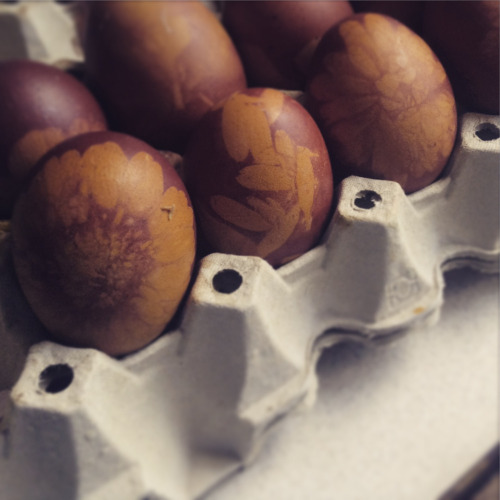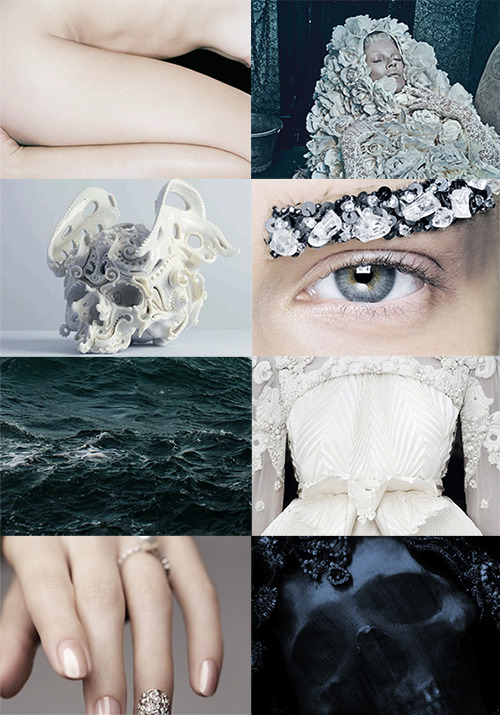#marzanna
Goodbye Winter! Kids in #Kraków throw Marzanna into the river to drown her, as she symbolizes winter, and welcome the re-birth of Spring! #spring #springtime #Marzanna #goodbyewinter #zielonki #Polish #tradition #polishtraditions #holidays #Polska #poland #cracow #pagan (at Zielonki, Krakow, Poland)
Post link
Czech song performed while carrying out Morena doll.
Nesem, nesem Morenu,
ej, pěkně pristrojenu,
už nemože choditi,
musime ju nositi.
Ref.: Ej, Morena, Morena už bude utopena,
ej, Morena, Morena, zima studena.
Smrtko, Smrtko biela,
kdes tak dlúho byla?
U studanky, u voděnky
ruky nohy mylac
Ref.
Smrtko, Smrtko biela,
čims jich utierala?
Červenym šatečkom,
zelenym listečkom.
Ref.
Morana effigy Ethnographic Museum of the National Museum, Prague.
(Národopisné muzeum, Praha)
Post link
mythology meme | Slavic gods & goddesses - Morana
Morana is a Slavic goddess of winter and death, associated with rebirth of nature. She often appears in different guises but is described as a woman of dark hair and terrifying appearance, bringing famine and destruction wherever she goes. Her arrival was therefore expected with dread while her departure was celebrated with boisterous cheer.
Some legends suggest she seduced Jarilo (god of spring) while he was searching for his lost wife in the Underworld - Nav. Eventually grown bored with her lover, Morana attempted to poison him with the drink of oblivion but failed and escaped badly burned. Another myth brings Morana in connection with Voden, making them a divine couple of the Underworld. Voden and Morana drowned people in their dark waters. Slavs tried to propitiate them by sacrificial offerings.
Post link

Marzanna Aesthetic
Marzanna (in Polish), Morė (in Lithuanian), Marena (in Russian), Mara (in Ukrainian), Morana (in Czech, Slovene, Croatian, Bosnian and Serbian), Morena (in Slovak and Macedonian) or Mora (in Bulgarian) is a pagan Slavic goddess associated with seasonal rites based on the idea of death and rebirth of nature. She is an ancient goddess associated with winter’s death, rebirth and dreams. In ancient Slavic rites, the death of the Goddess Marzanna at the end of winter becomes the rebirth of Spring of the Goddess Kostroma (Russian), Lada or Vesna representing the coming of Spring.
In modern times the rituals associated with Marzanna have lost their sacred character and are a pastime – an occasion to have fun and celebrate the beginning of spring. The tradition is usually celebrated around the spring equinox. Usually schoolchildren and young people participate in the celebrations alongside local folklore groups and other residents. A procession consisting of men, women and children carries handmade Marzanna (and often also Marzaniok dolls, the male counterpart to Marzanna) to the nearest river, lake or pond. The participants sing traditional songs and throw effigies of Marzanna into the water. Sometimes the effigies are first set on fire, or their clothes are torn.


redraw and mr detective

Burning of Morena
While gazing into the beloved’s eyes may be one way of signaling the lover’s desires, another charm that appears both in the literary sources and in the spell books is the apple charm—a type of spell in which the lover throws an apple (or a quince, a pomegranate, or some other seed-filled sweet fruit) at the target, transferring his love to the one who picks up this token charged with erotic resonances. Ovid recounts the tale of a clever youth, Acontius, who won his bride by tossing an apple inscribed with the words “I vow to marry Acontius” over the garden wall where his beloved would pick it up and read it aloud; the vow was magically effective, to the extent of incurring divine punishment when the girl’s parents tried to prevent the marriage.
A spell preserved on a first-century (BCE or CE) papyrus makes use of the same idea:
To whichever woman I give or whichever woman I throw the apple at or hit with it, setting everything aside, may she be mad for my love—whether she takes it in her hand and eats it or sets it in her bosom—and may she not stop loving me. O Lady Kyprogeneia, bring to perfection this perfect incantation.
Again, as with the eye contact spell, we can see the blurring of lines between magical action and simple flirtation—the tossing of the apple to the girl, catching her attention; the girl picking it up and putting it to her lips, or perhaps tucking it away into her bosom. Indeed, in Lucian, one courtesan complains of her boyfriend flirting with another woman by tossing her a bit of apple, which she kissed and put between her breasts. Tossing the apple is the active step in the relationship, signaling one’s interest, so a prostitute may toss an apple at a potential client, to catch his attention and express her readiness for sex.
The apple serves as a symbol of sexual desire, perhaps of fertility, certainly of erotic interest, which is why, Plutarch tells us, a quince or an apple was presented to a new bride on her wedding night, symbolizing the awakening of her sexuality, legitimized and sanctioned by the ritual of marriage.
-Drawing down the moon by Radcliffe G. Edmonds III
Spośród widocznych atrybutów Marzanny wymieniano: jabłko, klucze, kobiece ubranie, wieniec i ozdoby. Symbolice jabłka wiele uwagi poświęcił R. Katičić, który doszedł do wniosku, że jabłko to symbol miłości narzeczonej do „Zielonego Jerzego”.
Jaryło, pokonując po drodze most, przyjeżdża na dwór ojca. Staje do zawodów o rękę Morany. Ta znajduje się na zielonej łące, pasie gęsi, otwiera drzwi (wrota). Rzucając w bohatera jabłkiem, wskazuje go jako swojego wybranka.
-Semantyka obrzędów wiosennych związanych z Marzanną i Jaryłą (Próba rekonstrukcji “Prasłowianskiego tekstu”) by Michał Łuczyński
“Among visible attributes of Marzanna the commonly named ones are: apple, keys, feminine clothing, wreath and jewelry/ornaments. R. Katičić gave a lot of attention to the the symbolism of the apple, arriving at the conclusion that it represents the love that the bride bears for ‘Green George’.”
“Jaryło passes through a bridge and arrives at his father’s court. He enters a contest for Morana’s hand. She can be found on a green meadow, grazing geese, opening doors (gates). She throws an apple at the hero, marking him as her chosen husband.”
-Semantics of the spring rites connected to Marzanna and Jaryło (An attempt at reconstructing “the Proto-Slavic text”) by Michał Łuczyński















